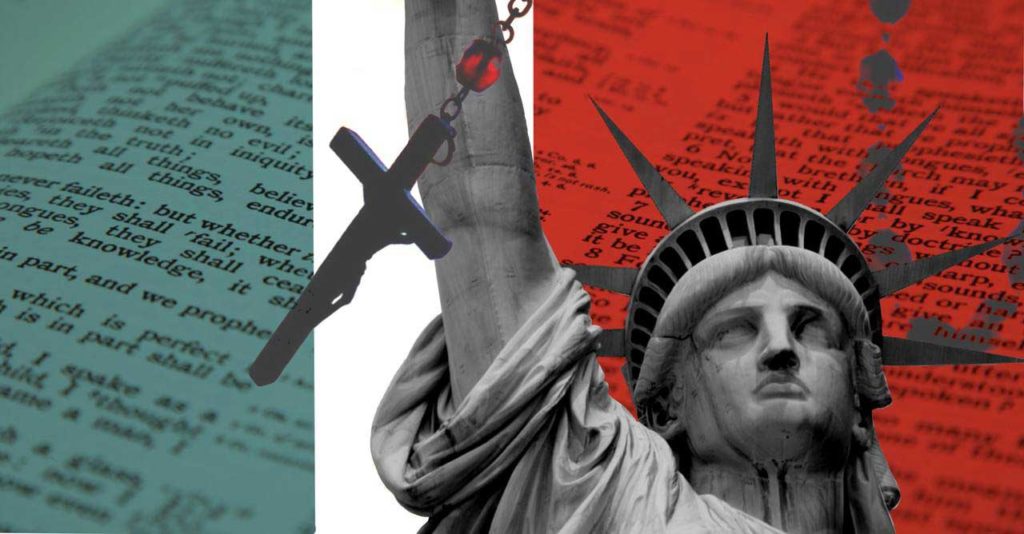The separation between church and state was a long-held belief by many, even with legal implications. This carried over into the school system, with removal of religious activity at public institutions.
However, one Supreme Court ruling could show a shift in this reality. In Kennedy v. Bremerton, decided on June 27, 2022, six of nine Supreme Court justices agreed that public high school football coach Joseph Kennedy praying independently on the field following a football game was protected speech under the First Amendment.
But how did we get here?
It all began when Kennedy made the decision to kneel in the middle of a football field after a game on his own, on multiple occasions. This prayer was done independently, without pressuring any students to join him.
Nonetheless, he lost his job as a result.
The school’s reasoning was that Kennedy violated the Establishment Clause, a law which prohibits the government from establishing a religion (another Supreme Court ruling Lemon v. Kurtzman sets even further guidelines for what the government’s establishment of a religion would look like).
Kennedy, feeling as though he’d been wronged, chose to sue in federal court, saying that this was a violation of his First Amendment rights. As it turns out, the Supreme court agreed with him.
The First Amendment protects freedom of speech, press, assembly, and the right to petition the government for a redress.
This court decision, however, is concerning many legal experts in terms of where the line is drawn for leaders of public institutions like schools, and whether said leaders are prohibited from open practice of their religion in the public sector.
Justice Neil Gorsuch wrote in the majority opinion that the prayers “were not publicly broadcast or recited to a captive audience,” and even further that “students were not required or expected to participate.”
Justice Sonya Sotomayor, on the other hand, said that “this decision does a disservice to school and the young citizens they serve, as well as to our Nation’s longstanding commitment to the separation of church and state.”
She also mentioned despite Kennedy’s decision to privately pray (in the middle of the football field), that students could have felt obligated to join the coach, which leads to a gray area of what is considered correct by legal standards.
This question is one that will continue to arise following the Kennedy v. Bremerton decision.
Is there a difference in private versus public religious expression for school employees, and where is the line drawn from one’s decision to act on behalf of the school or on their own personal accord?
The answer to this question has become “really fuzzy,” according to professor of law emeritus and religious studies professor at Indiana University Daniel Conkle, and that the Supreme Court has “significantly muddied the waters.”

What does this mean for teachers, coaches, and players going forward?
In public schools, there is still a lack of clarity that will “lead to confusion for everyone involved,” according to David Callaway, religious freedom specialist with the Freedom Forum. He adds that “teachers do not lose their First Amendment rights when they walk in the school doors,” but that “the reason why those limitations exist is to protect students’ consciences and their rights.”
Only time will tell in terms of where this line is drawn and what Supreme Court rulings we have in store for the future.

